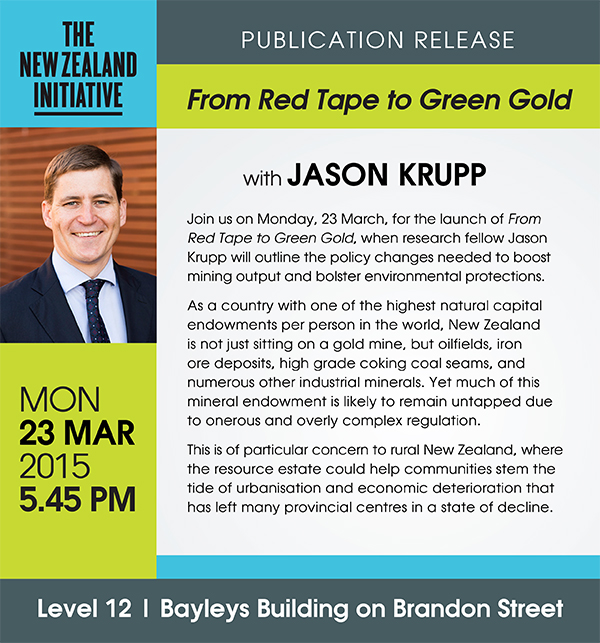Before the current cricket world cup started, the International Cricket Council (ICC) announced that the next event (in 2019), would feature only 10 teams, the eight highest-ranked to qualify automatically, and two to be selected by a qualifying tournament to be played in Bangladesh in conditions totally different from the ones that will prevail in the tournament proper, which is to be held in England.
This is a quite horrible policy. Quite apart from it being totally detrimental to attempts to develop interest in the game in countries outside of the traditional powerhouses, the presence of the so-called "associate nations" in the current tournament has given it so much of its colour, both through their players and their fans. It may be the games at the pointy end of the tournament that matter the most in terms of finding a winner, but the games involving associate nations in the group stages were wonderful celebrations of the game, and a tournament without them would be so much poorer.
In words that he almost certainly now regrets, ICC chief executive, David Richardson, gave as one of the justifications for the move that
[T]he World Cup itself, the premium event, without exception should be played between teams that are evenly matched and competitive.
Twitter is having a field day with this, as the games involving two top-eight teams in this world cup have been anything other than competitive, including the four quarter-final matches. This leaves me to wonder if there is anything in the rule changes that were brought in a couple of years ago that are making games less competitive in the sense of seeing fewer games where there is real uncertainty about the outcome until late in the second innings.
The results in the current tournament are exhibit A for the hypothesis that games are becoming less competitive, but it may be that there has simply been a widening in ability between the top and bottom teams in the top 8. I believe, however, that there is good theoretical reasons to expect to see fewer close finishes, even in games between evenly matched teams.
To explain, consider the following fictitious game. I go first and draw 10 random numbers from a distribution, and my score is the sum of the 10 numbers. Before each draw, I can choose the mean and variance of the distribution, according to a menu of choices in which there is an inverted-U shaped relationship between variance (on a horizontal axis), and mean (on the vertical). I maximise my expected score by choosing the variance in the middle aligning with the peak of the upside-down U. To complete the game, my opponent also draws 10 random numbers, choosing from the same menu the mean and variance before each draw, and wins if his total exceeds mine. Now if I luck out and get a very high score, my opponent will be best advised to choose a high variance strategy. Occasionally, he will succeed in chasing down my high score, but most likely he will fail and lose heavily . On the other hand, if I have very poor luck, my opponent should choose a low-variance strategy, which won't maximise his expected score but will maximise his probability of beating mine. In this case, he will likely win easily. On average, the player going second will win more than 50% of the games as he will have the chance to adjust his strategy to the score of the player going first.
To continue with this analogy, now bring in a rule change that sees the inverted-U move such that the score-maximising strategy has a higher variance. If this happens, we would expect to see a bigger range of scores by the players going first, and as a result of this:
- an increase in the winning percentage of the player going second, and
- a decrease in the number of games where the result is still uncertain when the player drawing second only has 2-3 numbers left to draw.
So what is the cricket analogy here? We know that batting teams have a lot of control over the level of risk. Bowling teams also control risk levels, mostly through decisions on how attacking to make their field settings), but we also know that faster scoring happens in the first innings as wickets become less costly to batting teams, suggesting that the batting teams have more strategic control over risk. So in my analogy, the player drawing first and choosing the risk level is the team batting first, and the advantage to the second player is the second-innings advantage that is borne out in the data
but not always accepted by captains when they win the toss. The rule change I am thinking of is the restriction to having no more than 4 fielders outside of the circle in non-power play overs, down from 5 previously. Now having more fielders inside the circle makes it harder for a batting team to score if they are playing conservatively, but makes it easier to score when taking risks. The fielding restrictions then gives the team batting first an incentive to take more risk. We saw this when the batting powerplay was first introduced. It only increased the average score of the team batting first by about 4 runs, largely because games where the batters were able to use it to heavily increase their scoring were balanced by others where the powerplay led to a quick loss of wickets.
I haven't had a chance to look at the data before and after the latest rule change (dating from October 2012), but my prediction is that, once you control for team ability, we will have seen
- an increase in the advantage to batting second if you win the toss; and
- a decrease in the number of games where the game is still in the balance late into the second innings.
I probably won't get a chance to crunch the numbers any time soon, but if anyone wants to run with testing these hypotheses with the data, be my guest, I'm happy to be a co-author.








